Honda is cutting its planned investment in battery-electric vehicles by 30%, its CEO citing “the current market slowdown.” The automaker still plans to launch two all-new “0-Series models” next year but will slow down and stretch out development of other all-electric products. It’s not likely to be the last automaker to rethink EV spending, reports Headlight.News.
Citing a slower-than-expected ramp-up in demand, Honda announced it will trim its planned investment in battery-electric vehicles by nearly a third over the next six years.
Honda’s cutback comes as the industry, on the whole, rethinks what was, only a few years ago, a mega-billion-dollar race to dominate the emerging. Manufacturers including Ford, General Motors, Stellantis, Volkswagen and the Hyundai Motor Group have announced spending cuts, product delays and the elimination of some electric vehicle programs over the past 18 months.
“Based on the current market slowdown, we expect EV sales in 2030 to fall below the 30% that we previously targeted,” said Honda CEO Toshiro Mibe said during a company presentation. But he indicated the automaker will stay on target for the launch of its all-new 0-Series EVs.
Reduced expectations
EV sales clearly haven’t dropped off the cliff. They’re rising at roughly a 10% annual rate in the U.S., according to the International Energy Agency. The IEA expects battery-electric models to account for abut one in four vehicles sold worldwide this year. But that is largely due to the Chinese market, the world’s largest, where EV’s now account for nearly half the market. And domestic brands, like BYD and Geely, overwhelmingly dominate demand there.
Honda is a relatively small player in China, so Mibe now projects EVs will represent only about 20% of his company’s global sales by 2030. It previously had forecast a figure closer to 30%.
Honda has also begun to question the pace of adoption for advanced software, notably technology that would allow it to introduce Level 3 autonomous driving in future EVs. That would go beyond most of the hands-free systems currently on the road, allowing motorists to also do things like texting or watching videos while behind the wheel.
By the numbers
As a result, Honda will reduce investment in both EVs and automotive software from $69 billion to just over $48 billion over the next six years.
Among other things, Honda is delaying by two years the opening of an EV assembly line and battery factory planned to go into Ontario by two years. The 1.5 trillion yen, or $10.4 billion, operation was expected to start up in 2028.
Despite the near to midterm reductions, Mibe said Honda remains committed to go all-electric by 2040.
More Honda News
- Honda, GM Continue Drifting Apart as More Partnerships End
- A Closer Look at the New Honda EV 0-Series
- Honda Adds Off-Road TrailSport Package for CR-V
Betting on hybrids
Honda has not said what products and programs might be delayed or possibly cancelled. Meanwhile, it indicated it is still committed to less advanced hybrid technology — which has continued to gain momentum even as EV demand has leveled off in most key markets.
The automaker continues to target the launch of 13 all-new hybrid models by 2031, the CEO said. By 2030, meanwhile, it anticipates it will sell as many as 2.3 million gas-electric models worldwide. They could account for as much as half to two-thirds of its total volume at that point,
By comparison, Honda expects EVs only to account for 20% of its sales by then, down from an earlier 30% forecast.
0-Series moving ahead
The automaker remains committed to launching two 0-Series models, both out of the new “EV Hub” it has set up in mid-Ohio, in 2026.
The new models, a battery-electric “saloon,” or sedan, and crossover, will be based on the show cars Honda first unveiled at the Consumer Electronics Show in Las Vegas in January 2024.
The two products push design to the extremes and were expected to have an array of new technologies, including some level of hands-free capabilities.
Honda isn’t alone
EV sales grew nearly eight-fold in the U.S. between 2019 and 2023, before settling back last year. The surge prompted a rush of investments, automakers hoping to not only meet consumer demand but to stay ahead of toughening global emissions rules.
But the slowdown in growth has seen most automakers revise, if not slash, their EV investments. Ford has canceled several high-end programs to focus on more affordable products. Stellantis is dropping the base version of its new, all-electric Dodge Daytona, the R/T, due to weak demand. And it’s delaying two electrified versions of its Ram 1500 pickup. Such moves have been echoed by virtually all European and Korean brands, to varying degrees. The exception: Chinse automakers who are betting they can continue to grow globally by targeting entry-level segments.
“Pulling back on EV spending is somewhat predictable at the moment,” said Stephanie Brinley, principal auto analyst with S&P Global Mobility. “We’re going to see more pullbacks.”
She warned that moves by the Trump administration and the GOP-controlled Congress could further reduce EV spending by eliminating tax credits that have buoyed sales and by launching tariffs that could reduce overall vehicle demand, as well as industry earnings.

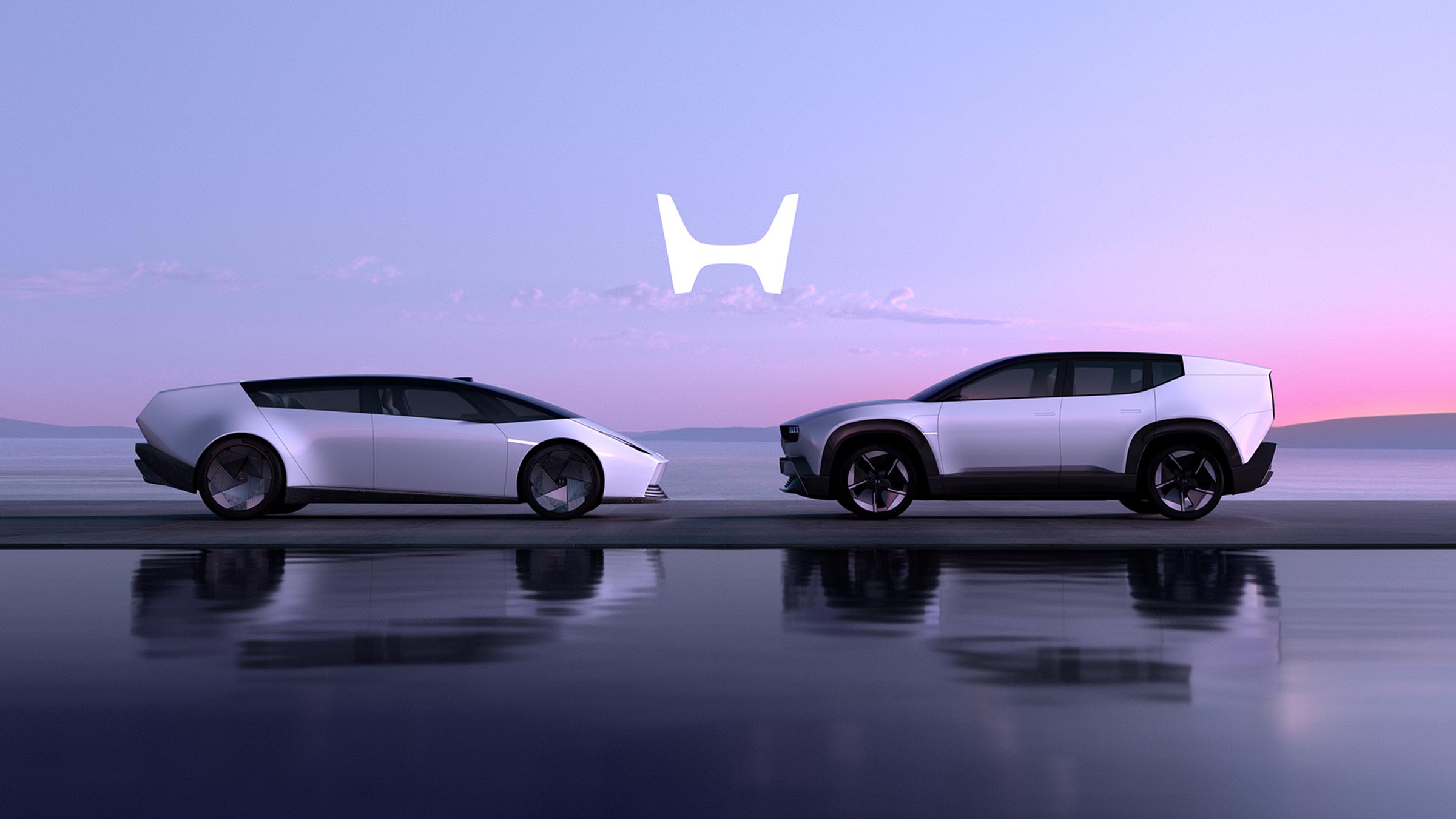
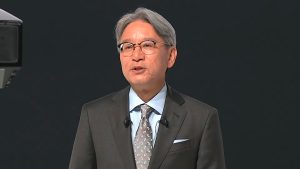
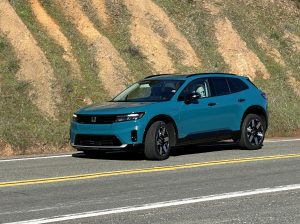
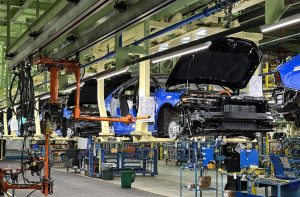
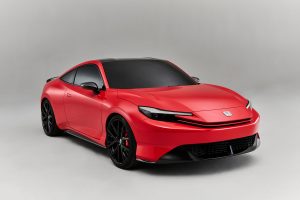
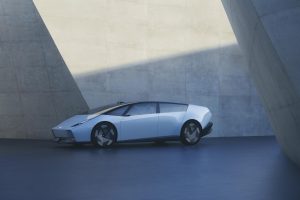
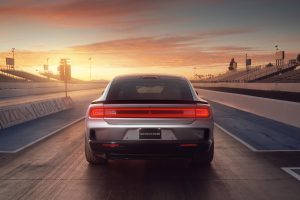
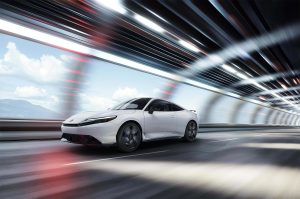
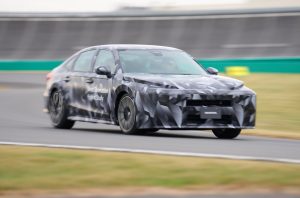

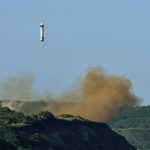
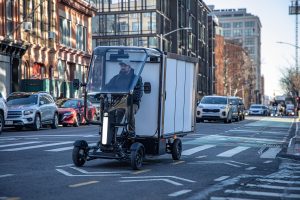

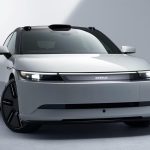
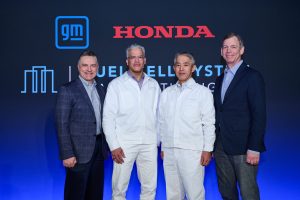
0 Comments